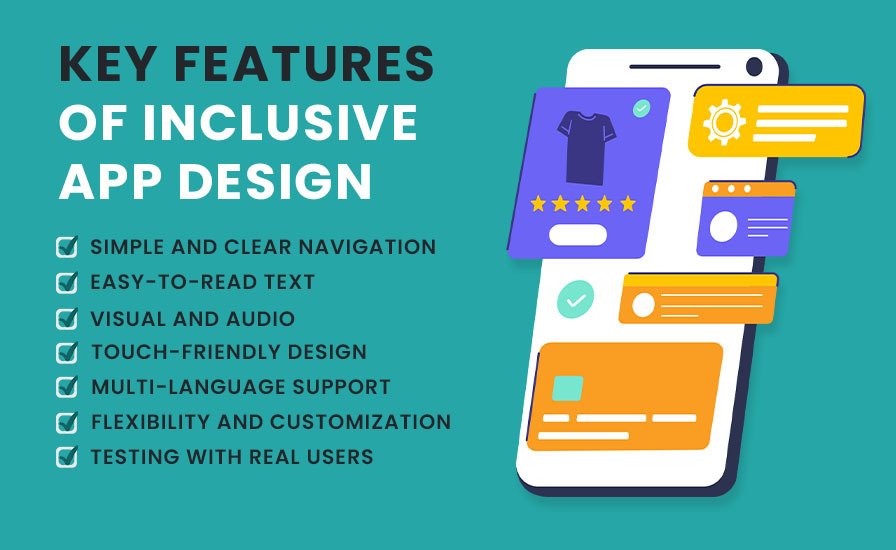The Essential Guide to Website Development: Key Steps and Best Practices
In today’s digital era, having a strong online presence is crucial for businesses of all sizes. A well-designed website serves as the cornerstone of this presence, acting as a virtual storefront that can attract, engage, and convert visitors into customers. In this comprehensive guide, we’ll explore the fundamentals of website development, covering key steps and best practices to help you build a successful online platform for your business or personal endeavors.
1. Understanding Website Development Website development encompasses the process of creating, designing, and maintaining websites. It involves various aspects, including web design, content creation, coding, and optimization, aimed at delivering a seamless user experience and achieving specific business goals.
2. Planning Your Website Before diving into development, it’s essential to define your objectives, target audience, and desired functionality. Conduct thorough research to understand your industry landscape and competitor websites. Create a sitemap and wireframes to visualize the structure and layout of your site, ensuring intuitive navigation and usability.
3. Choosing the Right Development Platform Selecting the appropriate development platform is crucial for the success of your website. Consider factors such as scalability, customization options, security, and ease of use. Popular platforms like WordPress, Shopify, and Wix offer user-friendly interfaces and a wide range of features to suit different needs.
4. Designing Your Website A visually appealing and user-friendly design is paramount for engaging visitors and encouraging them to explore your content further. Focus on creating a clean and modern design that reflects your brand identity. Pay attention to factors like color scheme, typography, imagery, and responsive design to ensure compatibility across devices.
5. Developing Content Compelling and relevant content plays a pivotal role in attracting and retaining visitors to your website. Develop high-quality content that addresses the needs and interests of your target audience. Incorporate SEO best practices, such as keyword optimization, meta tags, and internal linking, to improve visibility and ranking on search engines.
6. Implementing Functionalities Integrate essential functionalities into your website to enhance user experience and achieve your business objectives. This may include features such as contact forms, e-commerce capabilities, social media integration, and multimedia content. Test each functionality thoroughly to ensure seamless performance across different browsers and devices.
7. Optimizing for Performance and SEO Optimize your website for speed, performance, and search engine visibility. Compress images, minify CSS and JavaScript files, and utilize caching techniques to improve loading times. Implement on-page SEO techniques, including optimized titles, headings, meta descriptions, and alt tags, to increase organic traffic and rankings on search engine results pages (SERPs).
8. Testing and Quality Assurance Before launching your website, conduct comprehensive testing to identify and rectify any errors or issues. Test functionality, compatibility, and performance across various browsers, devices, and screen sizes. Seek feedback from beta testers and make necessary adjustments to ensure a seamless user experience.
9. Launching Your Website Once you’ve completed development and testing, it’s time to launch your website to the world. Choose a reliable web hosting provider and configure your domain settings. Implement proper security measures, such as SSL certificates, to protect user data and build trust. Monitor website performance and user feedback post-launch, making iterative improvements as needed.
Conclusion: Website development is a multifaceted process that requires careful planning, execution, and optimization. By following the key steps and best practices outlined in this guide, you can create a professional and effective website that drives traffic, engages visitors, and achieves your business objectives. Stay updated on industry trends and technologies to continually enhance and evolve your online presence for long-term success.
Stay Informed, Stay Ahead
Explore our insightful articles and stay updated on the latest trends, tips, and strategies shaping the digital marketing landscape.





